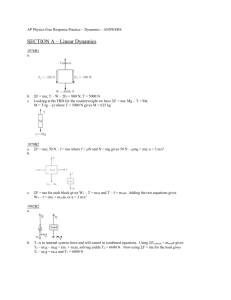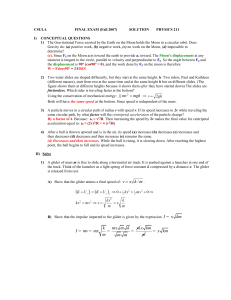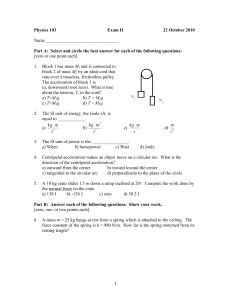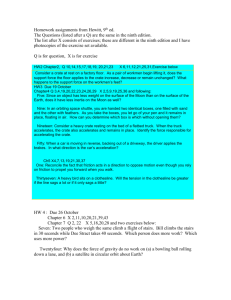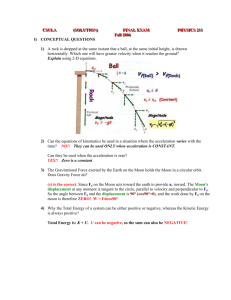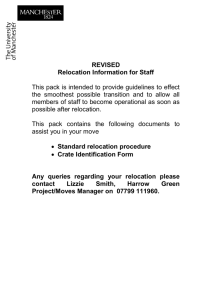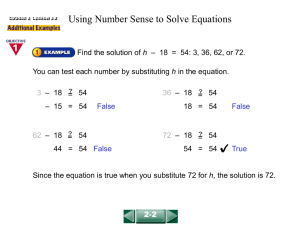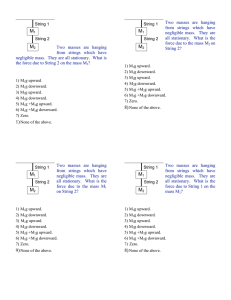Question: Two crates of mass 75 kg and 110 kg are in contact and
advertisement
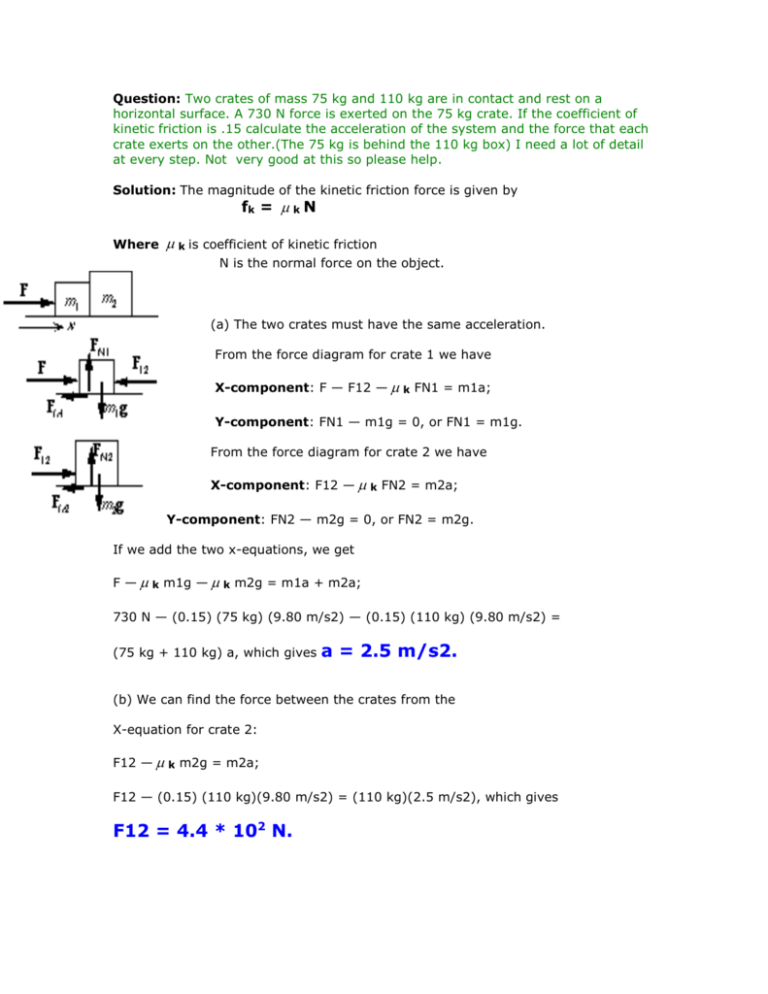
Question: Two crates of mass 75 kg and 110 kg are in contact and rest on a horizontal surface. A 730 N force is exerted on the 75 kg crate. If the coefficient of kinetic friction is .15 calculate the acceleration of the system and the force that each crate exerts on the other.(The 75 kg is behind the 110 kg box) I need a lot of detail at every step. Not very good at this so please help. Solution: The magnitude of the kinetic friction force is given by fk = k N Where k is coefficient of kinetic friction N is the normal force on the object. (a) The two crates must have the same acceleration. From the force diagram for crate 1 we have X-component: F — F12 — k FN1 = m1a; Y-component: FN1 — m1g = 0, or FN1 = m1g. From the force diagram for crate 2 we have X-component: F12 — k FN2 = m2a; Y-component: FN2 — m2g = 0, or FN2 = m2g. If we add the two x-equations, we get F — k m1g — k m2g = m1a + m2a; 730 N — (0.15) (75 kg) (9.80 m/s2) — (0.15) (110 kg) (9.80 m/s2) = (75 kg + 110 kg) a, which gives a = 2.5 m/s2. (b) We can find the force between the crates from the X-equation for crate 2: F12 — k m2g = m2a; F12 — (0.15) (110 kg)(9.80 m/s2) = (110 kg)(2.5 m/s2), which gives F12 = 4.4 * 102 N.
